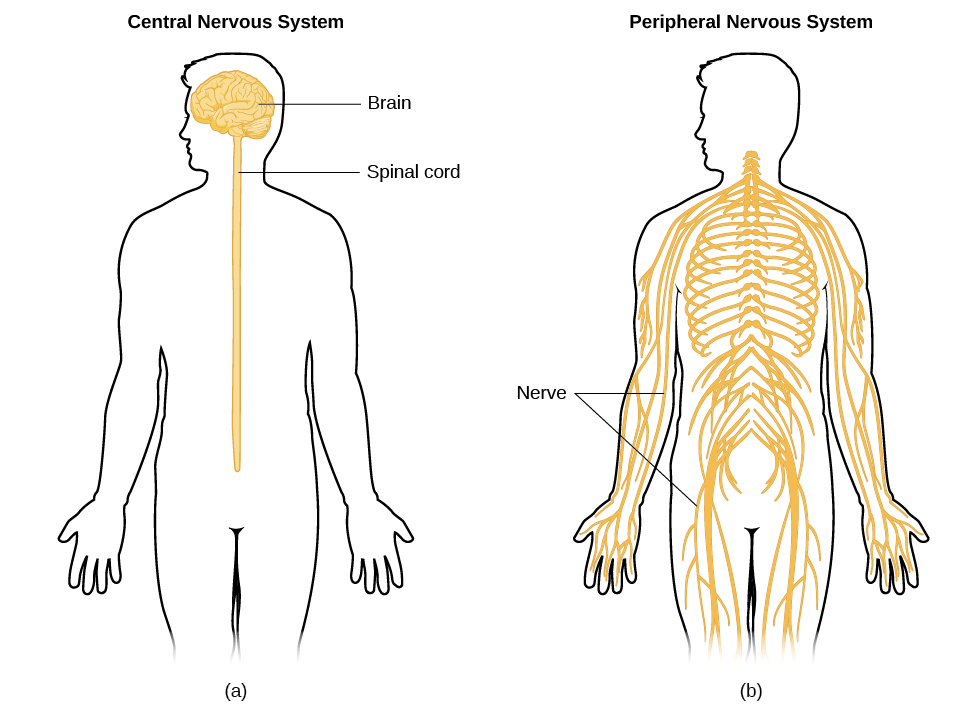Unlike the Central Nervous System, which consists of the brain and spinal cord, the Peripheral Nervous System (PNS) is made up of all the nerves that lie outside the CNS. The Peripheral Nervous System extends from the Spinal Cord and Brain to the rest of the body, including the limbs and organs. Its primary function is to connect the CNS to the limbs and organs, facilitating communication between the brain and spinal cord and the rest of the body.

Structure and Function
There are several subdivisions of the PNS, each with specific roles.
Somatic Nervous System
Controlling voluntarily movements and sensory information, the Somatic Nervous System is responsible for transmitting sensory and motor signals to and from the CNS.
Autonomic Nervous System
This regulates involuntary bodily functions, such as heart rate, digestion, and respiratory rate. The Autonomic Nervous System is further divided into two branches:
Sympathetic Nervous System
Activating the body’s “fight or flight” response during stressful situations, the Sympathetic Nervous System increases heart rate, dilates airways, and inhibits digestion to prepare the body for rapid action.
Parasympathetic Nervous System
This helps to recover and conserve energy by promoting the “rest and digest” response. The Parasympathetic Nervous System slows the heart rate, constricts airways, and stimulates digestion, allowing the body to relax and recover after a stressful event( like the “fight or flight” response).